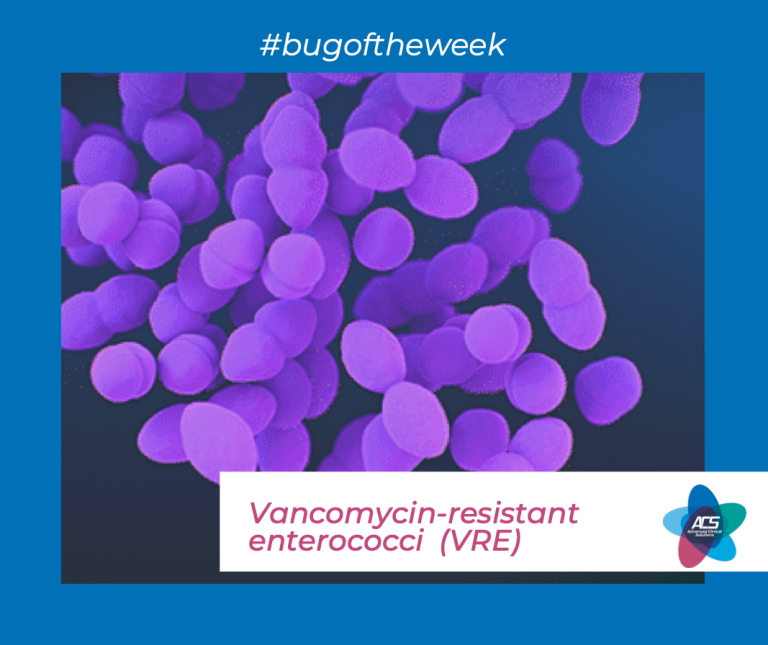Introduction to VRE
Vancomycin-resistant enterococci, or VRE, are a type of bacteria that can’t be killed by the antibiotic vancomycin. This makes infections caused by VRE hard to treat. These infections often happen in hospitals or other healthcare places. A recent outbreak at Pok Oi Hospital in Hong Kong shows why we need to learn about VRE and how to stop it.
Causes and Transmission
VRE infections usually spread in hospitals or clinics. You can get it by touching someone who has VRE or by touching surfaces that are contaminated with the bacteria. People with weak immune systems, those who stay in the hospital for a long time, or those with medical devices like catheters are at higher risk of getting VRE.

Symptoms of VRE Infections
The signs of a VRE infection depend on where the infection is in your body. You might have a fever, redness or pus around a wound, pain when you pee if it’s in your urinary tract, or trouble breathing if it’s in your lungs. Spotting these symptoms early is important so doctors can start treatment right away.
Treatment Options
Since vancomycin doesn’t work on VRE, doctors use other antibiotics like linezolid or daptomycin to fight the infection. In serious cases, you might need extra care like fluids or even surgery to remove infected tissue. Every patient is different, so doctors make a special plan for each person to help them get better.

Prevention Strategies
Stopping VRE from spreading is key. Wash your hands often with soap and water or use alcohol-based hand sanitizers. Hospitals must follow strict rules to keep things clean and stop the bacteria from spreading. Everyone, including patients and visitors, should know about VRE and talk to healthcare workers if they have questions or concerns.
Recent Outbreak at Pok Oi Hospital
At Pok Oi Hospital in Hong Kong, several male patients got VRE recently. This outbreak shows how important it is to control infections in hospitals. The hospital took extra steps to stop the spread and made sure to keep everyone informed. This reminds us that we need to act quickly and be open about these problems in healthcare.

Public Health Implications
VRE is a big problem for public health. We need to teach people about it, be honest about outbreaks, and take action to stop it. Learning why antibiotics stop working on some bacteria like VRE helps us protect everyone and keep these infections from spreading.
Conclusion
VRE is a tough challenge, but we can fight it with the right steps. By preventing infections, staying aware, and getting the right treatment, we can reduce its harm. Staying alert and taking smart actions are the best ways to deal with antibiotic resistance.












